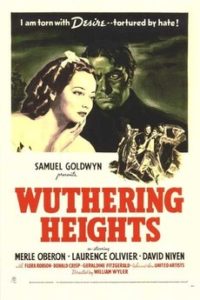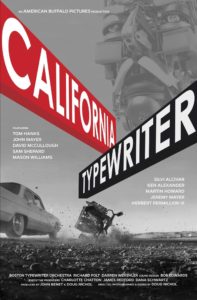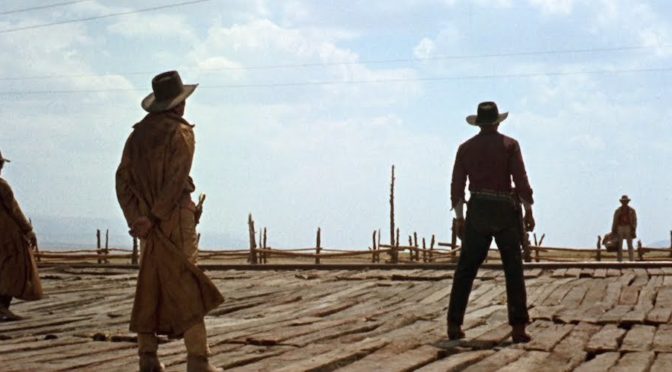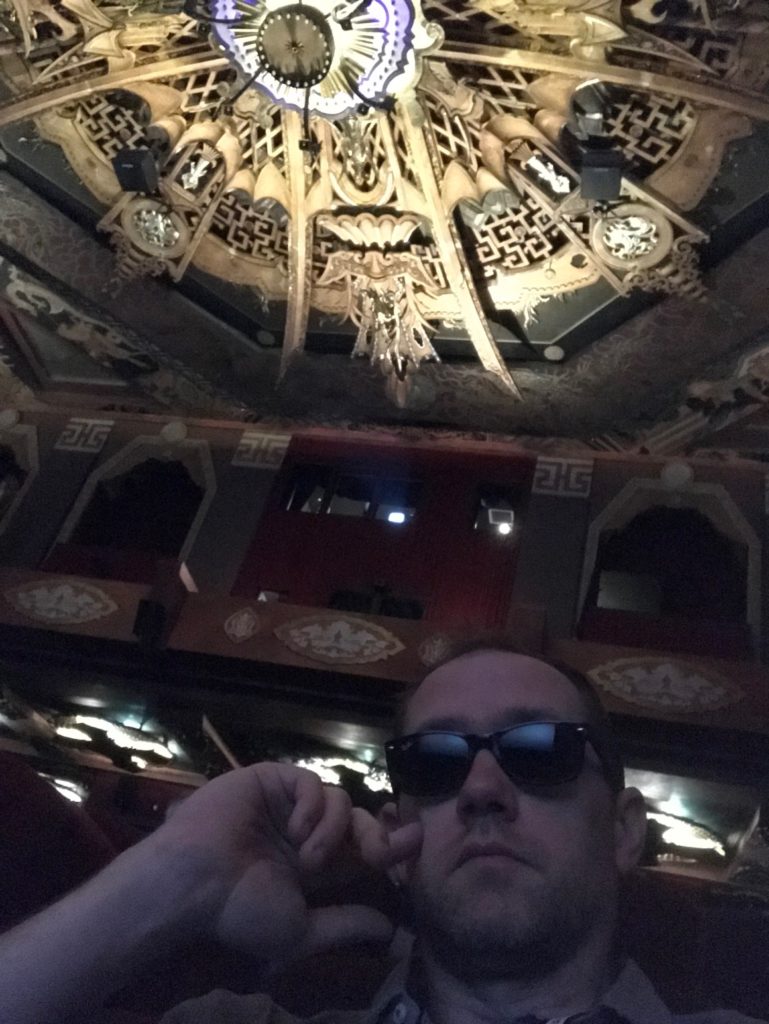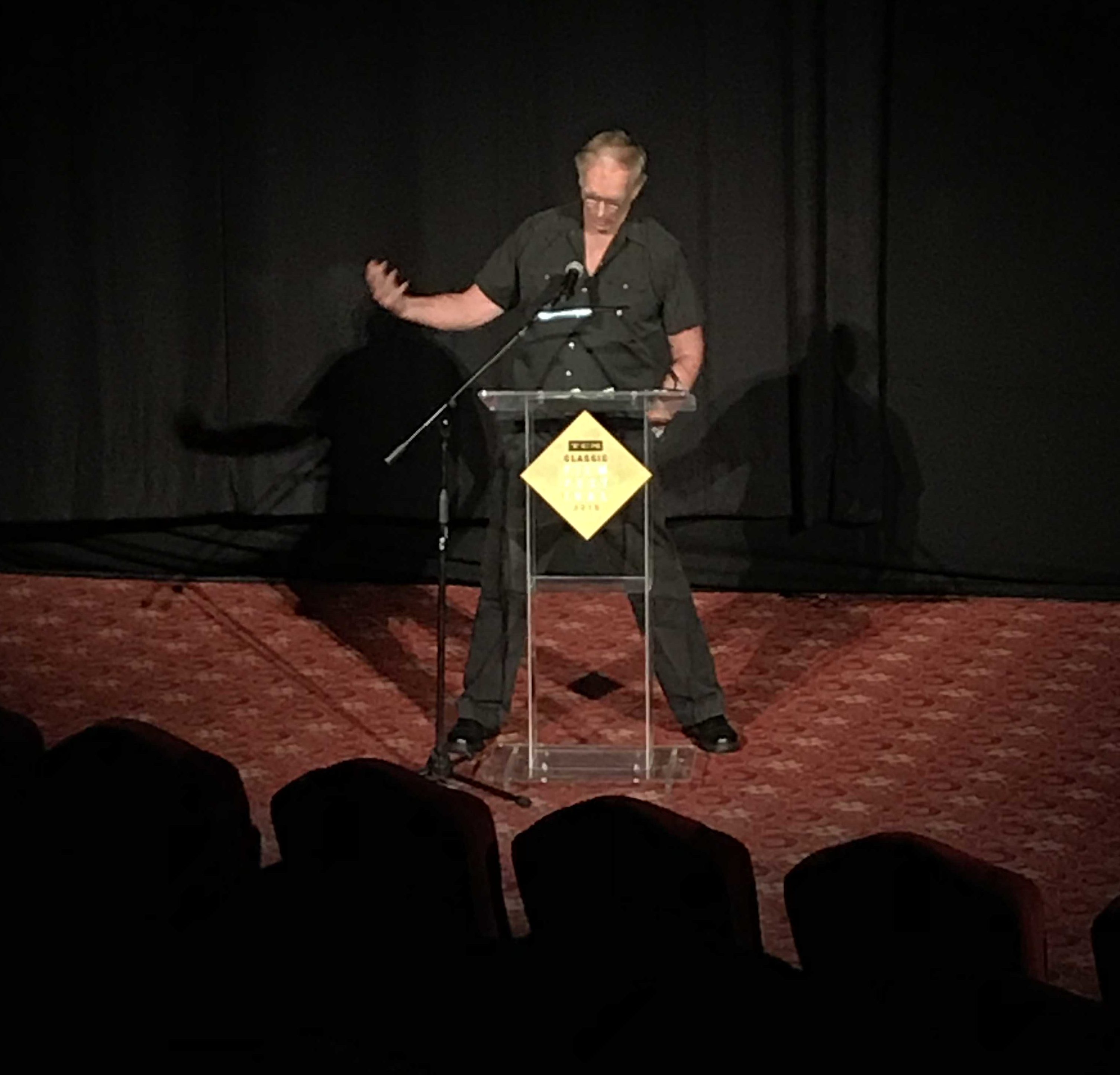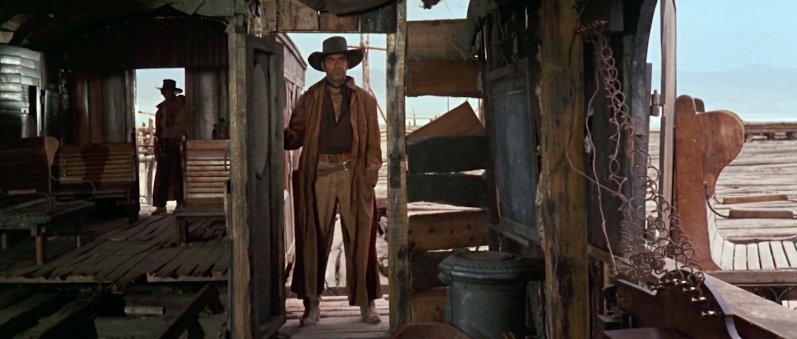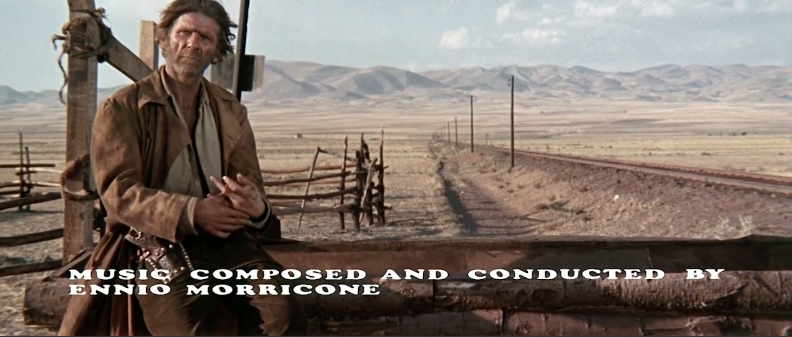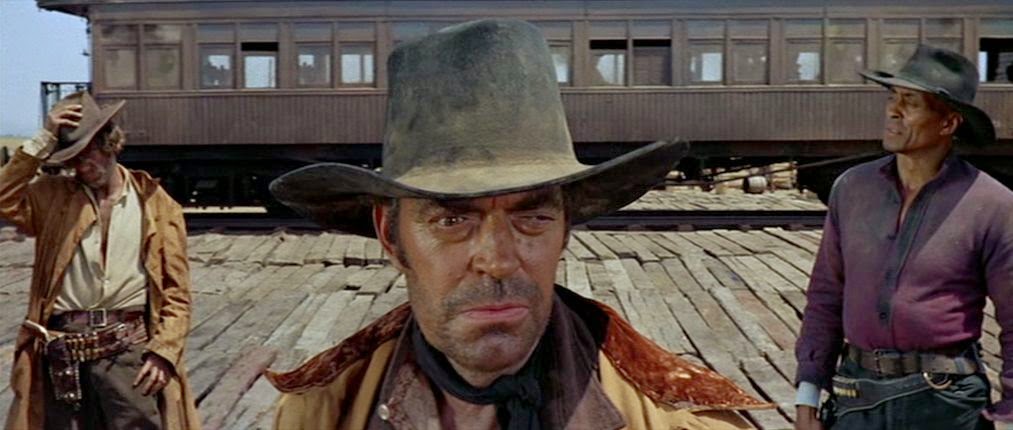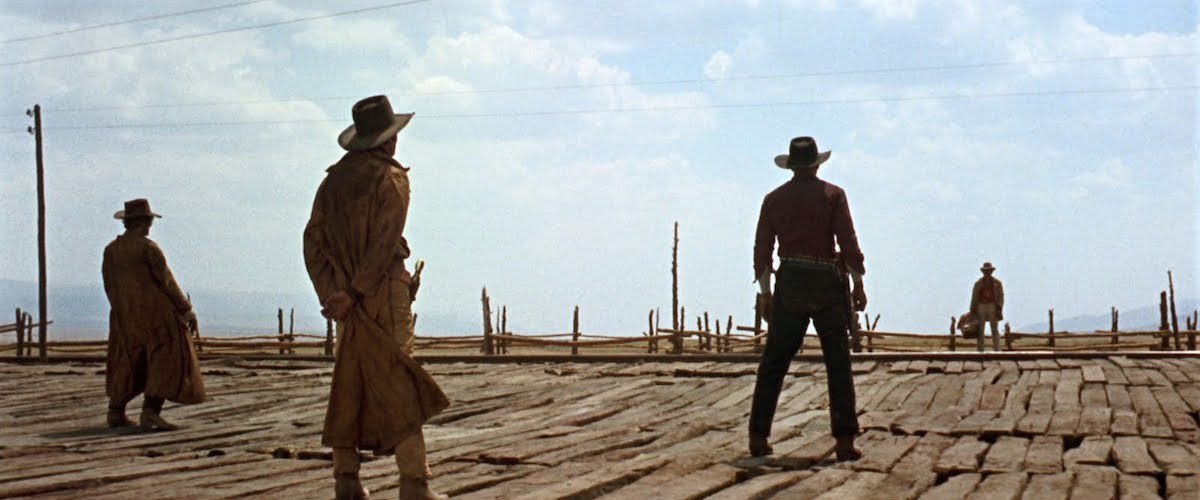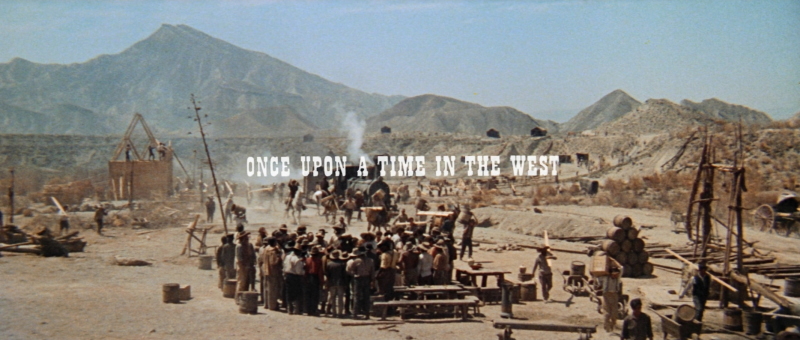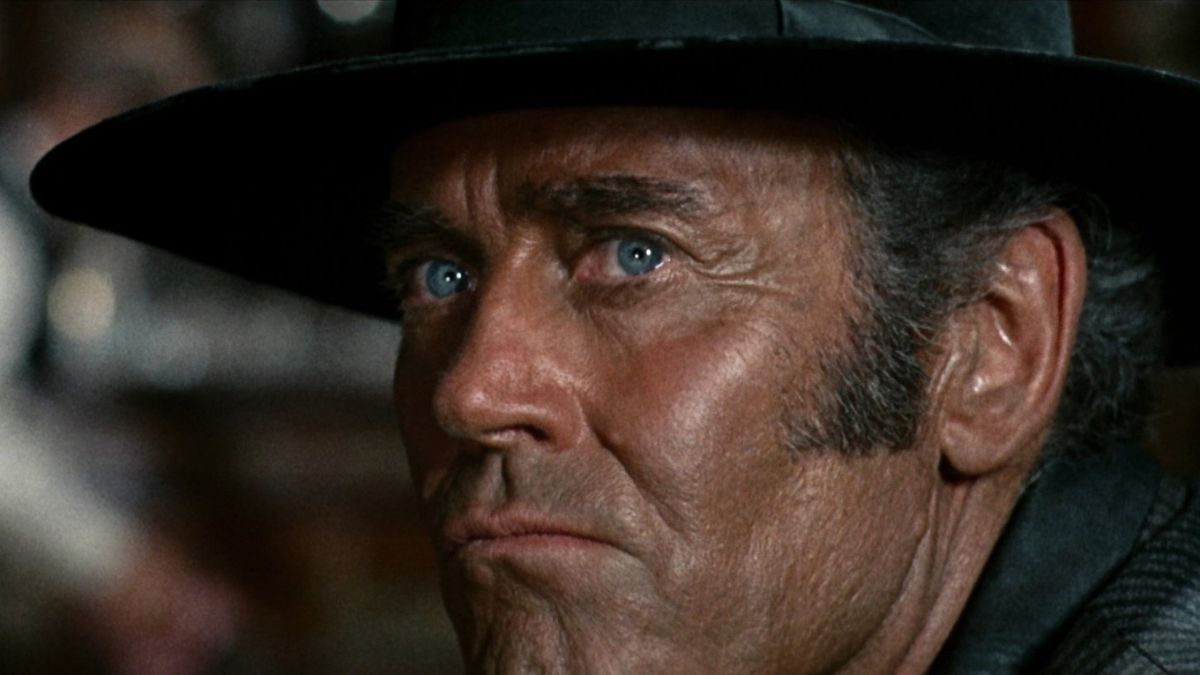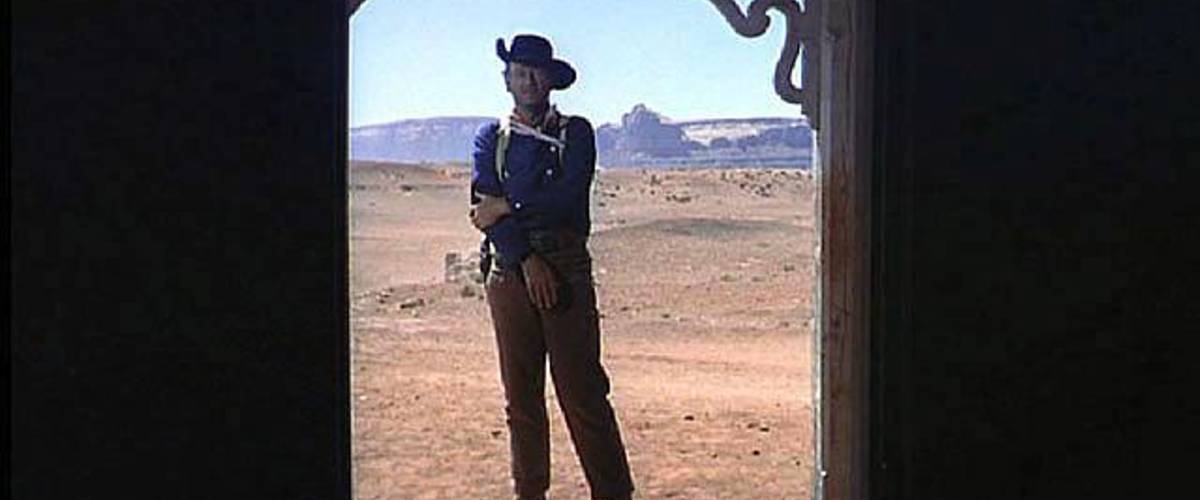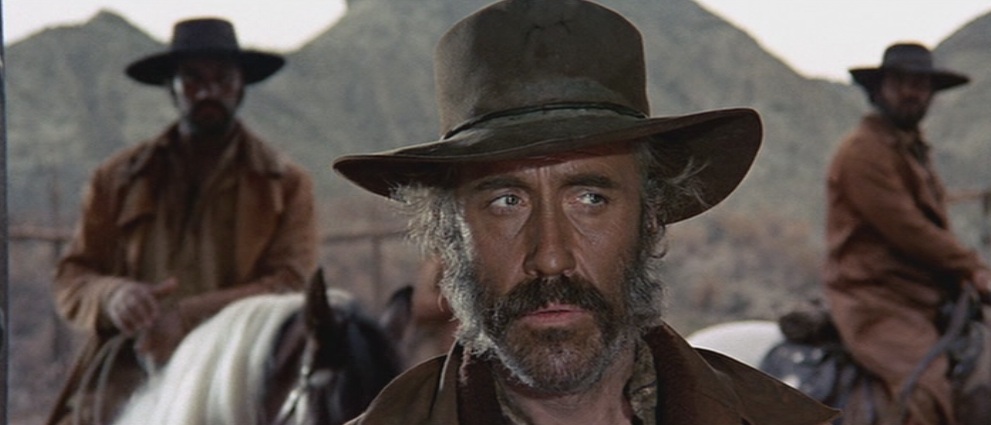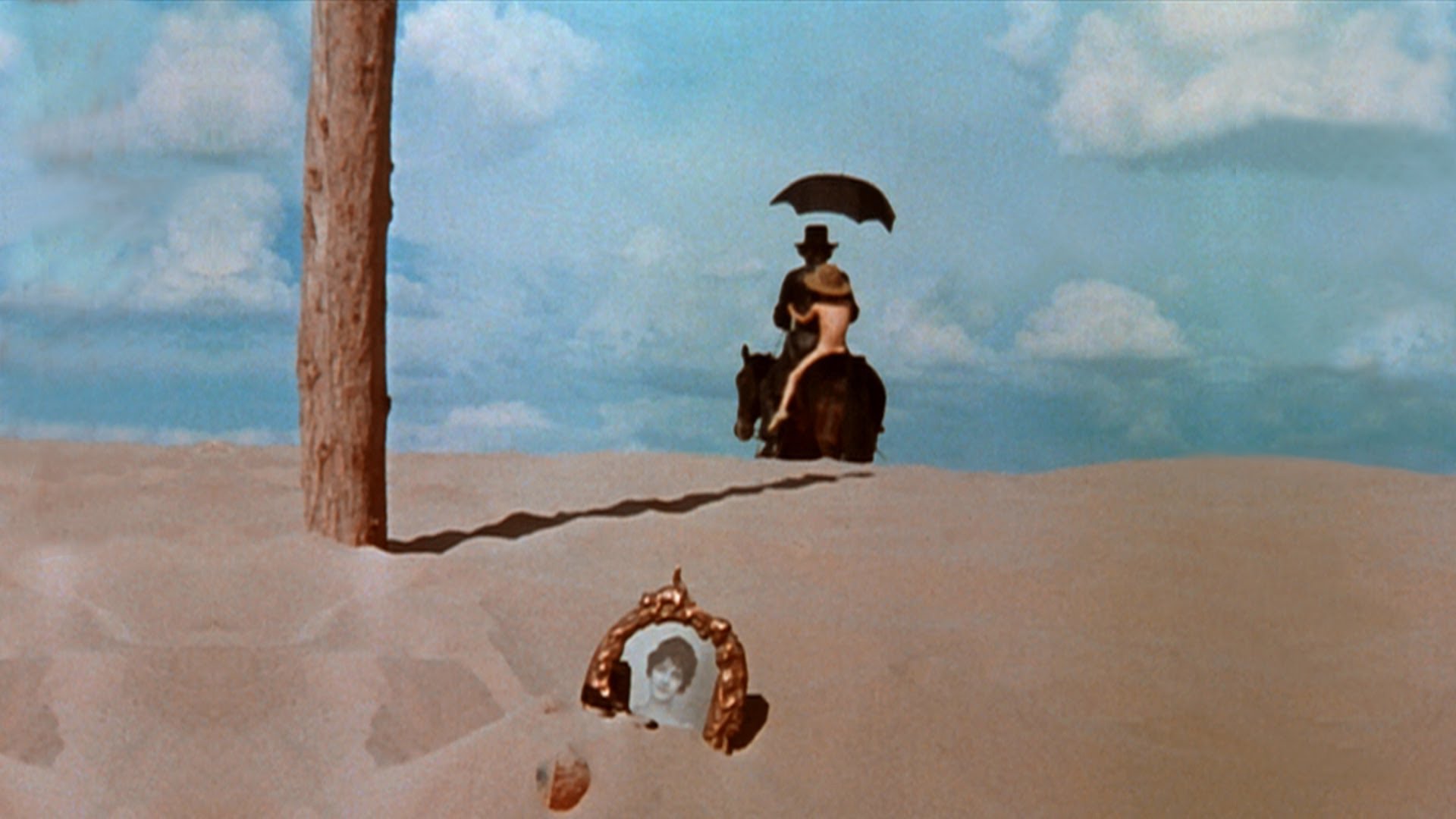I don’t normally talk about theatrical releases in this space, but I feel forced to mention that I saw Solo: A Star Wars Story twice in the theater. In a fair world, it would totally have a spot on this list. I’m already calling it violently underappreciated and if you want to have some actual fun in the movie theater in 2018, you should go. You don’t have to be a Star Wars fan. In fact, if you don’t have any preconceptions about what this movie is *supposed* to be, you might even enjoy it even more. Ehrenreich and Glover give referential performances, but they each inject much of their own personality, and I’m excited to see how their frenemance blossoms in the planned future Solo films.
In the absence of Solo, what you will notice about my May 2018 First Watch list is that it features three musicals. Spoiler alert: the next Cinema Shame podcast will feature a conversation with Jessica Pickens about classic Hollywood musicals. I watched a lot of musicals last month. It just so happened that three of them made the list alongside another future Cinema Shame podcast spoiler.
First-Watch Cinema Club: May 2018
#5. Seven Brides for Seven Brothers (Stanley Donen, 1954)
 Knowingly(?) cringe-y sexual politics scattered throughout a colorful, imaginative 19th century wife-grabbing musical romcom. Elaborate dance choreography and inventive depth of staging make this a memorable classic Cinemascope musical. Still — hard not to question how the movie played the lady stealing with such a straight face.
Knowingly(?) cringe-y sexual politics scattered throughout a colorful, imaginative 19th century wife-grabbing musical romcom. Elaborate dance choreography and inventive depth of staging make this a memorable classic Cinemascope musical. Still — hard not to question how the movie played the lady stealing with such a straight face.
Jane Powell carves her own slice of female empowerment in a movie about “just needing a man.” It’s a wonderful performance. I also can’t stress enough how this wouldn’t normally be my cup of tea, but there’s something totally charming about the relationship between Keel’s woodsman and Powell’s love-struck cook.
This movie proved to me that Stanley Donen really was a wizard. Now’s the perfect time to pick this one up for a first time viewing since Seven Brides for Seven Brothers was just released on a Warner Archive Blu-ray and it’s a wide margin better than the DVD.
#4. Footlight Parade (Lloyd Bacon, 1933)
 Busby Berkeley out the wazoo. Elaborate, mass kaleidoscopic choreography scattered throughout a passable showbiz tale that provides the venue for Jimmy Cagney to do some hoofing in a not-so-vaguely racist grand finale.
Busby Berkeley out the wazoo. Elaborate, mass kaleidoscopic choreography scattered throughout a passable showbiz tale that provides the venue for Jimmy Cagney to do some hoofing in a not-so-vaguely racist grand finale.
I oversimplify.
The end of this film is a 40-minute four-course feast for the eyes and ears. Joan Blondell and Cagney needed 200 movies together. They’re positively combustive on the same screen. Ruby Keeler, Dick Powell, Frank McHugh, Guy Kibbee round out the impressive cast.
I dare you to watch this and not feel conflicted about having “Shanghai Lil” being stuck in your head for three days.
Footlight Parade is available on a 4-movie Busby Berkeley TCM DVD Collection.
#3. Fantomas (Louis Feuillade, 1913-1914)
 Rather than treat the Fantomas films as separate entries, I’ll tackle them all individually, but as one continuous serial, as it was intended.
Rather than treat the Fantomas films as separate entries, I’ll tackle them all individually, but as one continuous serial, as it was intended.
Fantomas I: In the Shadow of the Guillotine
Stoic, early silent narrative camera can’t quite keep up with Feuillade’s ideal pacing and style. It’s something akin to the silent film equivalent of the cart before the horse. The narrative techniques have yet to develop the necessary language to match Feuillade’s ambition.
Solid opening Fantomas entry suggests room to grow as Feuillade pushes the language of narrative film in interesting ways. Excellent introduction and establishment of Fantomas as a legendary evil mastermind.
Fantomas II: Juve Against Fantomas
Fantomas #2 gives us a far stronger inspector/nemesis relationship by foregrounding Inspector Juve rather than Fantomas’ machinations. More engaging start to finish with a better cinematic pace. Narrative polish that feels way ahead of its time for 1913. Feuillade’s made huge strides between these first two episodes.
Fantomas III: The Dead Man Who Killed
This one gets dark. Fantomas wears skin gloves made from a dead man to leave false fingerprints and truly becomes the twisted evil worthy of a serial detective story. Feuillade weaves multiple narratives and establishes a larger Fantomas network of villainy. Plus a twist ending. Top notch serialized silent entertainment.
Fantomas IV: Fantomas Against Fantomas
In the realm of the image, this fourth Fantomas left a potent legacy. The bloodstained wall where Fantomas entombed one of his victims must have left scars on unsuspecting 1914 viewers. Very Edgar Allan Poe. Dual pit traps abruptly ends the episode with a haunting final message.
Ultimately falls short of the narrative admiration earned in Part III, but still incredibly advanced and layered. Feuillade has proven himself influential in nearly every genre that would form during these early days of cinema. He is horror, suspense, spy and police procedural. They all owe something to Fantomas.
Fantomas V: The False Magistrate
I don’t even know what to think about early silent cinema anymore. I once believed that the pre-1920’s era consisted largely of whimsical vignettes and static-shot mugging as filmmakers worked on ironing out the techniques that would guide narrative cinema through the 1920’s.
It’s generally not too difficult to keep up with a silent film what with our brains already trained to navigate rapid editing and layered narrative. The nature of the production itself — the title cards and deliberate miming — gives the viewer ample time to process the on-screen events. Don’t get me wrong, I adore great silent cinema, but misdirection was rarely a strength. The False Magistrate weaves such a complex tale of crossing and double-crossing and red herrings that I had to rewatch multiple segments because I couldn’t believe what Feuillade accomplished in a film from 1914. (For the record, some of them didn’t quite add up… specifically as the motivations of our heroes are concerned.) Still, I’ve never seen anything like it from this era.
Some of the Fantomas V becomes bogged down in text and letter reading — and much of that became necessary to detail Fantomas’ complex web of lies and intrigue with a number of segments missing from the print. Ultimately that makes this film hard to rate as a standalone entry. I’ll tell you one thing though — you’ve never seen anything like what Feuillade does to the man stuck in the bell tower.
The final confrontation doesn’t disappoint, and the aftermath is a solid kick in teeth, re-establishing Fantomas as the greatest criminal mastermind of all time. Essential viewing for film fans interested in the roots of all narrative filmmaking.
#2. Broadway Melody 1940 (Norman Taurog, 1940)
 Astaire’s good, you know, but I couldn’t take my eyes off Eleanor Powell. I didn’t miss Ginger when the two of them appeared on-screen together. She seems to bring more elegance out Fred, whereas Ginger harnesses some playfulness.
Astaire’s good, you know, but I couldn’t take my eyes off Eleanor Powell. I didn’t miss Ginger when the two of them appeared on-screen together. She seems to bring more elegance out Fred, whereas Ginger harnesses some playfulness.
My first exposure to Eleanor Powell, somehow. I discussed how she mesmerized me in the Cinema Shame podcast, but maybe it bears repeating. She’s a revelation and I wish the Astaire/Powell coupling had born more fruits, but Broadway Melody of 1940 offers a tantalizing morsel of what could have been a long and fruitful partnership. Though the two of them might have danced the other into the ground due to their perfectionist natures.
Broadway Melody of 1940 appears on Warner Archive DVD.
#1. Rififi (Jules Dassin, 1955)
 As a huge fan of Jean-Pierre Melville’s French crime films and Jules Dassin’s Night and the City, it’s inconceivable that I’d not bothered to watch Rififi until Kerry Fristoe (@echidnabot) swapped me some Cinema Shame during the May prompt.
As a huge fan of Jean-Pierre Melville’s French crime films and Jules Dassin’s Night and the City, it’s inconceivable that I’d not bothered to watch Rififi until Kerry Fristoe (@echidnabot) swapped me some Cinema Shame during the May prompt.
Dassin escaped his Hollywood blacklist by traveling to France to make films where sane individuals didn’t care about such things as attending meetings related to communist activity in the 1930s. Rififi serves as a potent response to the unfortunate hand he’d been dealt. The film’s grim, disillusioned tone feels angry, perhaps even fatalist. What it does so well, however, is establish characters of both likable and unlikeable qualities and eventually depict individual revelations of their true selves. Charm and charisma turn into cowardice and malice. A face-value cretin becomes the film’s lone representation of altruism.
The legendary 32-minute silent heist scene has the power to change cinematic frames of reference. There’s a reason that Rififi has been billed as the greatest bank heist in cinema history. Dassin’s girtty city noir lived up to the hype.
Rififi is available on Criterion Blu-ray and DVD.

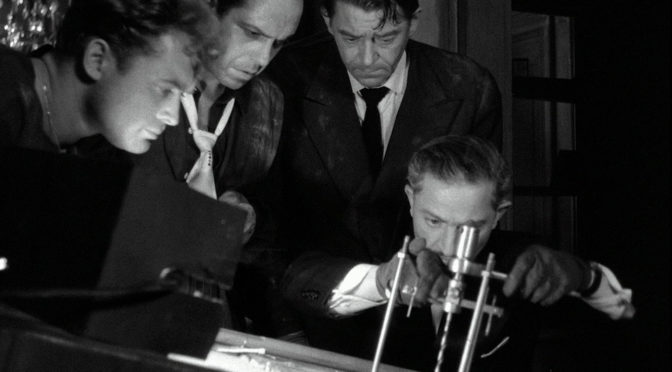
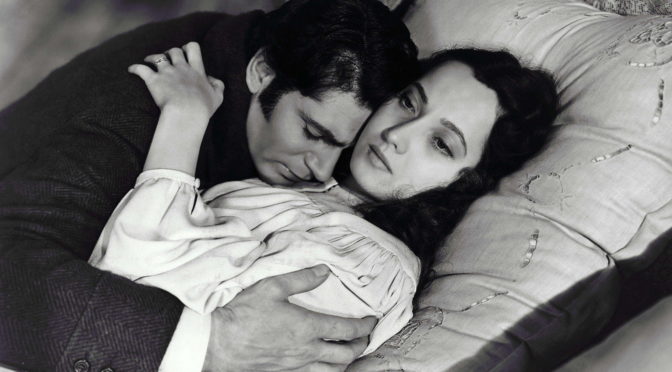
 If you’re a child of the video store-era, Remote Control will carry extra resonance. This is Lieberman’s indie-film commentary on 1950’s sci-fi by way of 1980’s kitsch. Intriguing Videodrome/TerrorVision ideas tossed about without a lot of cohesion.
If you’re a child of the video store-era, Remote Control will carry extra resonance. This is Lieberman’s indie-film commentary on 1950’s sci-fi by way of 1980’s kitsch. Intriguing Videodrome/TerrorVision ideas tossed about without a lot of cohesion. There are certain films, based on the time they were made and the nature of the narrative, in which our anti-heroes cannot and will not survive. We know this from the beginning based on extratextual information. Yet, still we cling to the hope that just this once our good-natured bad guy (Sterling Hayden in this instance) gets away, undermining the system, shaking the oppressive “bad guys must be punished” production code stipulation to the core.
There are certain films, based on the time they were made and the nature of the narrative, in which our anti-heroes cannot and will not survive. We know this from the beginning based on extratextual information. Yet, still we cling to the hope that just this once our good-natured bad guy (Sterling Hayden in this instance) gets away, undermining the system, shaking the oppressive “bad guys must be punished” production code stipulation to the core. Fairbanks doing what he does best.
Fairbanks doing what he does best.